Searching for Extraterrestrial Life
As humans, we are fascinated by the idea of life beyond our planet. From science fiction movies to real-life missions to Mars, we are constantly searching for evidence of extraterrestrial life. But what if this life exists in conditions vastly different from those on Earth?
Could we even recognize it if we found it? For decades, scientists have been exploring the possibility of life existing in extreme environments.
From the depths of the ocean to the scorching deserts, life on Earth has shown incredible adaptability and resilience. So why not elsewhere in the universe?
Perhaps there are alien organisms out there that have evolved to thrive in conditions that would be deadly to us. But if such life does exist, what might it look like?
Would it be recognizable as living beings at all? These questions have captivated scientists and laypeople alike for years, driving exploration and scientific discovery in our quest for answers.
Pondering Possibilities: Life Beyond Earth

While the idea of alien organisms may seem far-fetched or even impossible to some people, many experts believe that extraterrestrial life is likely out there somewhere. After all, our universe is vast and diverse – surely there must be more than one planet that could support living creatures. One possibility is that these organisms might exist in environments vastly different from anything we know on Earth.
Imagine a world with oceans made of liquid methane or towering volcanoes spewing sulfuric acid into the atmosphere. These places may seem inhospitable to humans, but they could provide an ideal home for other forms of life.
So what might these creatures look like? It’s hard to say for sure – after all, we’ve only ever encountered one type of biological organism (ourselves).
But scientists have speculated about everything from silicon-based life forms (rather than carbon-based) to creatures with entirely new sensory systems. From a scientific perspective, the possibilities are endless.
Meeting the Challenges: Life in Extreme Environments
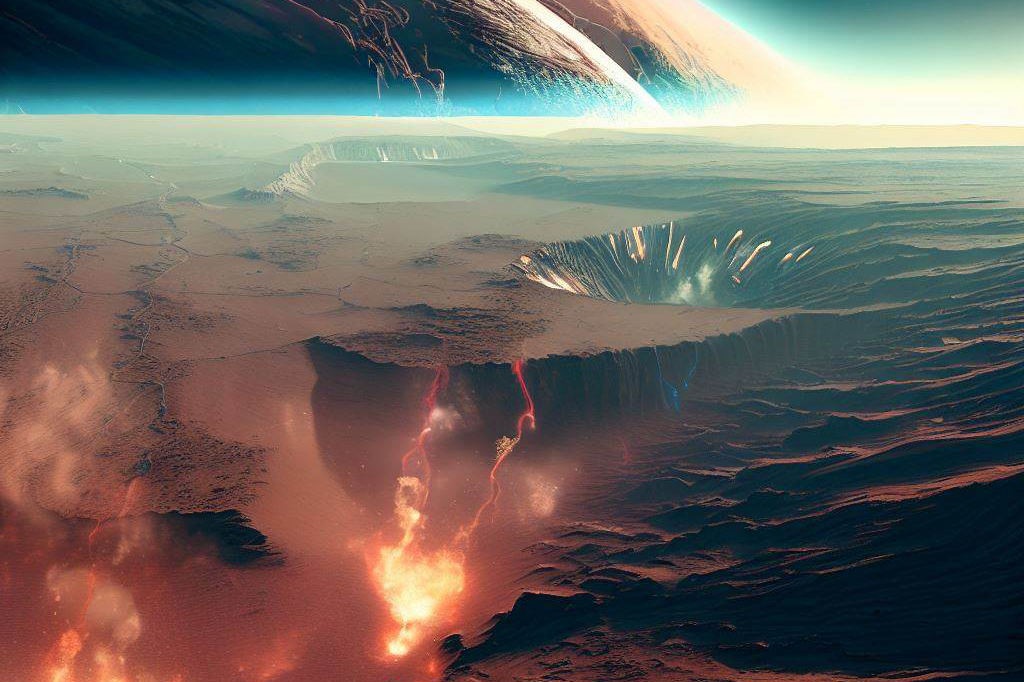
Of course, life in extreme environments would face significant challenges that we can only begin to imagine. For example, organisms living in an environment with little to no oxygen would have to rely on other chemical reactions for energy.
Creatures living in extreme temperatures might need to have special adaptations to regulate their body heat and prevent damage from the elements. These challenges make it difficult for us to envision what alien life might look like.
After all, our understanding of biology is based on the idea that life exists within certain parameters of temperature, pressure, and chemical composition – all of which could differ greatly on other planets or moons. Despite these unknowns, scientists remain steadfast in their search for extraterrestrial life.
With each new discovery or technological advancement, our understanding of what is possible expands – and who knows? We may one day find ourselves face-to-face with creatures beyond our wildest imagination.
Extremophiles on Earth
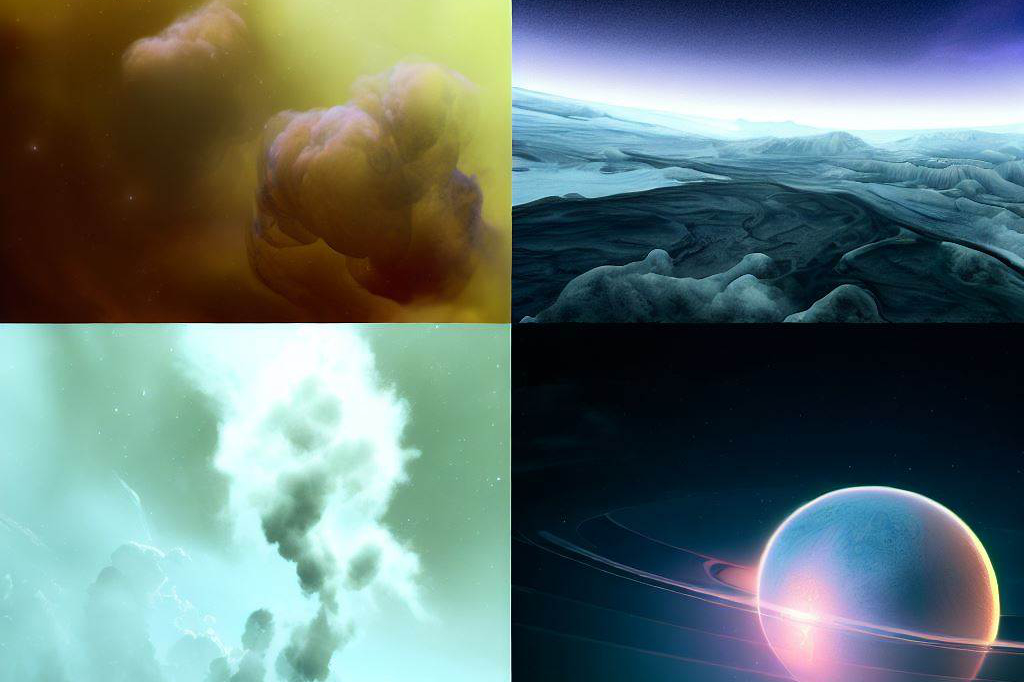
The Survivors
Extremophiles are organisms that thrive in extreme environments that would be fatal to most other life forms. These habitats range from scorching hot geysers and volcanic vents to subzero ice and permafrost.
Some examples of extremophiles include thermophiles, psychrophiles, halophiles, acidophiles, and barophiles. Thermophiles are heat-loving bacteria found in hot springs and hydrothermal vents, while psychrophiles live in icy environments like glaciers and the Arctic tundra.
Halophiles can survive in extremely salty conditions like salt lakes or even the Dead Sea. Acidophilic bacteria can survive in highly acidic environments such as sulfuric acid pools or mine drainage water.
Evolving To Conquer
These ancient microorganisms have survived for billions of years by evolving unique adaptations to their respective habitats. Their adaptive strategies include stabilizing enzymes to survive high temperatures or using ion pumps to regulate salt levels in cells living in highly saline environments. Some extremophile species have developed protective outer layers that tolerate acidic conditions, while others rely on photosynthesis with chloroplasts adapted to low light levels.
Redefining Life’s Limits
The study of extremophiles is not only important for understanding the diversity of life on Earth but also helps expand our notions about what constitutes habitable zones elsewhere within our solar system and beyond. Research on these tenacious organisms has led astrobiologists to consider that alien life may exist within worlds previously thought uninhabitable, such as icy moons orbiting Jupiter or Saturn. It is amazing how many different ways life has evolved on our planet!
Extremophile research has taught us just how much living organisms can adapt to extreme conditions once thought impossible for life’s existence. The knowledge we gain from studying extremophiles can also help us understand the possible habitats for life on other planets.
Possible Conditions for Alien Life

Alien Environments
When we think of life on other planets, we tend to imagine environments that are similar to Earth. However, it is entirely possible that life could exist in conditions vastly different from what we would consider “habitable.” Some of the most extreme environments that could potentially support life include methane lakes, sulfuric acid clouds, and even the vacuum of space itself.
Methane Lakes
One possible environment for alien life is a methane lake. These lakes are found on Saturn’s largest moon, Titan.
They are made up of liquid methane and ethane instead of water. While the temperatures on Titan are incredibly cold (-290°F), some scientists believe there may be microbial life forms that have adapted to survive in this environment.
The challenges for life in this environment would be considerable. For one, the lack of sunlight would make photosynthesis impossible.
Additionally, the extreme cold would make it difficult for biological processes to occur at a normal rate. Any potential organisms that live in these lakes would likely have very slow metabolisms and would need to find alternate ways to generate energy.
Sulfuric Acid Clouds
Another potential environment for alien life is within sulfuric acid clouds. These clouds exist in the upper atmosphere of Venus and are extremely acidic (pH 0-1). Despite these harsh conditions, some scientists believe there may be single-celled organisms living within these clouds.
The biggest challenge for any organism living in these clouds would be finding a way to maintain stability against both the acidity and strong winds present at those altitudes. The acidity alone could easily destroy unprotected organic molecules like proteins or DNA.
The Vacuum of Space
It’s worth considering whether life could exist directly in the vacuum of space itself. While this might seem impossible, some scientists believe that there may be organisms known as panspermia that could have already spread throughout our galaxy, or even the universe.
The challenges of life in space are numerous. The lack of oxygen and atmospheric pressure would make it incredibly difficult for any organism to survive more than a few seconds outside of a pressurized vessel or spacesuit.
However, some researchers believe that certain bacteria can remain dormant for hundreds or even thousands of years in the vacuum of space before being revived under the right conditions. This opens up the possibility for organisms to be transported from planet to planet via asteroids or other celestial bodies.
While these environments might seem inhospitable to us, they could potentially provide a home for alien life forms vastly different from what we know on Earth. Nonetheless, we must remember that while we can speculate about what alien life might look like based on our own experiences and knowledge, until we find actual evidence of extraterrestrial life, it will all remain pure speculation.
Hypothetical Alien Life Forms
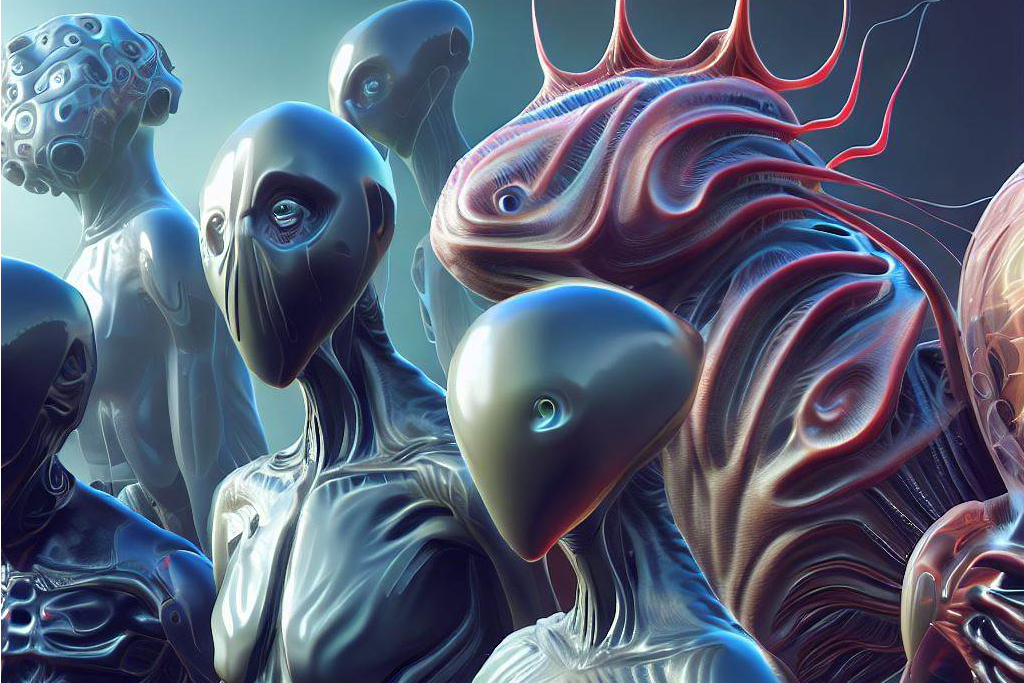
What if They’re Not Carbon-Based?
One of the most intriguing possibilities for alien life forms is that they might be based on elements other than carbon. Life on Earth is based on carbon because it is a versatile element that can form many different kinds of complex molecules.
However, there are other elements that could potentially serve as the building blocks for life, such as silicon or even phosphorus. If alien life forms were based on something other than carbon, they would likely have some very different characteristics from Earth-based life forms.
For example, silicon-based organisms might be able to withstand much higher temperatures than we can, since silicon bonds are stronger and more heat-resistant than carbon bonds. They might also be less dependent on water for survival, since silicon can bond with oxygen to form solid compounds like silica gel.
What If They Evolved in Extreme Conditions?
Another possibility for hypothetical alien life forms is that they might have evolved in environments that are so extreme by Earth standards that we can barely imagine them. For example, some scientists have speculated about the possibility of life existing in the clouds of Venus or Jupiter, which would be extremely acidic and hot.
If alien life forms had evolved under such extreme conditions, they would likely have very different adaptations from any Earth-based organisms. For example, they might have developed extremely strong acid-proof membranes to protect themselves from corrosive substances in their environment.
Or they might have evolved ways to harness energy from sources like lightning or volcanic eruptions.
What If They’re Just Like Us? But Better?
Of course, there’s always the possibility that alien life forms could be more similar to us than we realize. Just like us humans share similar DNA with other primates despite being vastly different creatures in appearance and behavior. Alien species may still use DNA as their genetic code and have a similar set of amino acids that make up their proteins.
However, they may have been able to evolve much faster or more effectively due to a particular advantage in their environment. They may have developed larger brains, superior muscles, or a highly efficient metabolism compared to humans.
The possibilities for what hypothetical alien life forms might look like are endless. Whether they’re silicon-based organisms that can withstand extreme temperatures and environments, creatures that evolved in unimaginable conditions, or beings that are just like us but better, the search for extraterrestrial life continues to be one of the most captivating scientific endeavors in history.
The Search for Extraterrestrial Life
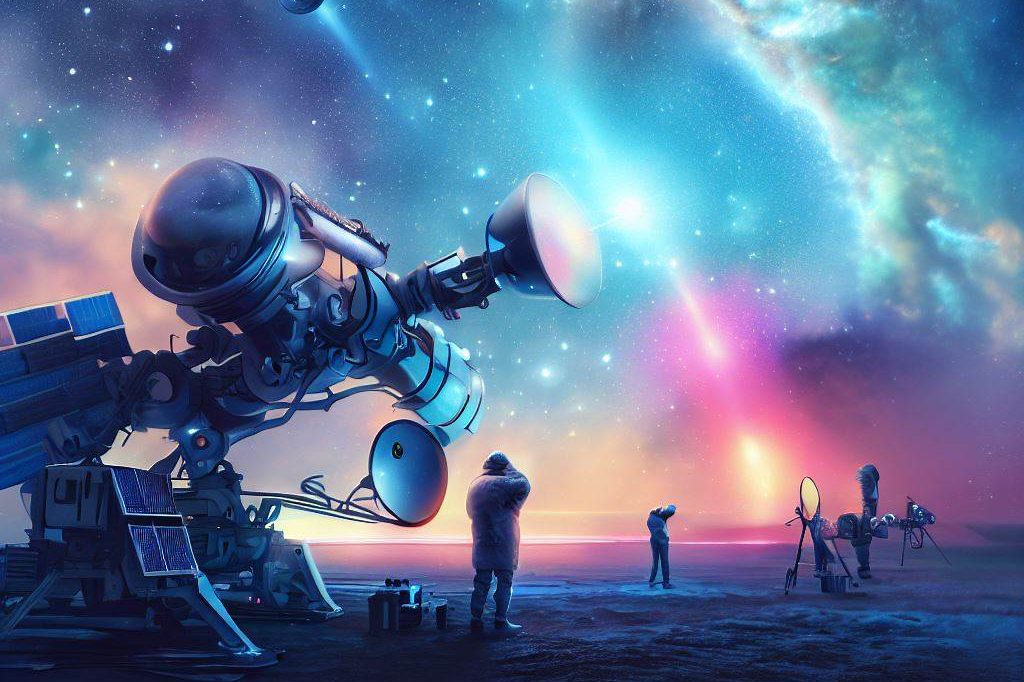
Looking for Needles in a Cosmic Haystack
The search for extraterrestrial life has been ongoing for decades, with numerous organizations and individuals dedicating their time to the task. The most well-known of these organizations is the SETI (Search for Extraterrestrial Intelligence) Institute, which uses radio telescopes to scan the sky for radio signals that might come from intelligent life on other planets. However, despite years of searching, we have yet to find any definitive evidence of alien life.
Missions to Other Planets and Moons
In addition to SETI’s efforts, there have been numerous missions sent out by space agencies such as NASA and ESA to search for signs of life on other planets and moons in our solar system. For example, NASA’s Mars 2020 mission includes a rover equipped with instruments designed specifically to search for biosignatures – evidence of past or present microbial life on Mars. Similarly, the upcoming Europa Clipper mission will explore Jupiter’s moon Europa, which is believed to have an ocean beneath its icy surface that could potentially support life.
Challenges and Limitations
Despite all these efforts, there are significant challenges and limitations when it comes to searching for extraterrestrial life. One major challenge is simply the vastness of space – even with highly sensitive instruments and advanced technology, it can be difficult to detect signals or signs that are faint or located extremely far away. In addition, there is still much we don’t know about what forms alien life might take – if it exists at all.
Another major limitation is resources – space missions are expensive and require significant funding from governments or private organizations. There also may be political considerations at play when it comes to deciding where to focus these efforts or who should take on the responsibility – some argue that scientific collaboration across countries and organizations is necessary to make meaningful progress in the search for extraterrestrial life.
Despite these challenges and limitations, the search for extraterrestrial life continues to capture our imaginations and fuel our curiosity about the wider universe. As technology advances and our understanding of what constitutes life grows, who knows what amazing discoveries might be waiting just beyond our reach?
Final Thoughts

The possibility of life existing in conditions different from Earth is fascinating and opens up endless possibilities for discovering new forms of life. Extremophiles on Earth have shown us that life can adapt to and thrive in some pretty extreme environments, but we still have a lot to learn about what life might look like outside of our planet.
We explored some possible conditions for alien life, including methane lakes and sulfuric acid clouds, and discussed the challenges that life would face in these environments. We also speculated about what alien life forms might look like based on their environment, including the possibility of silicon-based organisms instead of carbon-based ones.
While current efforts to search for extraterrestrial life have not yet yielded any concrete evidence, the search continues to be a topic of fascination for many scientists and enthusiasts alike. From missions to other planets/moons in our solar system to SETI’s ongoing work searching for signals from intelligent civilizations, there is no shortage of exciting developments in this field.
Ultimately, until we actually find alien life, we can only speculate about what it might look like. But taking into account what we know about extremophiles on Earth and the various environments that could potentially support life elsewhere in the universe, it seems likely that any such discoveries will challenge our assumptions about what constitutes “life” as we know it.
And who knows? Maybe one day we’ll discover intelligent extraterrestrial beings who are just as curious as us about whether or not they are alone in the universe!
Frequently Asked Questions about Life in Different Conditions
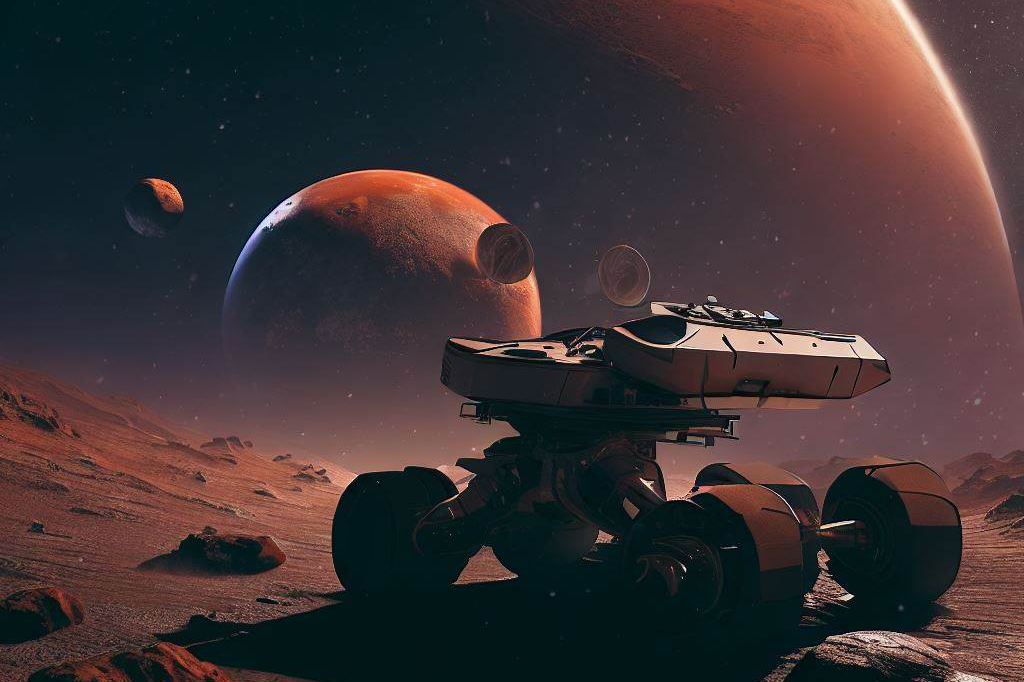
Q: Can life exist in conditions very different from Earth?
A: Yes, life has the potential to exist in conditions vastly different from those found on Earth.
Q: What are some examples of conditions that are different from Earth where life might exist?
A: There are several extreme environments where life could potentially thrive, such as:
– High-temperature environments: Some organisms known as thermophiles can survive in extremely hot conditions, such as geothermal vents on the ocean floor or hot springs.
– Low-temperature environments: Cold-adapted organisms, known as psychrophiles, are capable of surviving in freezing temperatures, like those found in polar regions or deep in the ocean.
– High-pressure environments: Deep-sea organisms called barophiles have adapted to survive in the extreme pressures of the deep ocean.
– Acidic or alkaline environments: Certain microorganisms, known as extremophilic acidophiles or alkaliphiles, are capable of thriving in highly acidic or alkaline conditions.
– Dry environments: Some organisms called xerophiles have evolved to withstand extremely dry conditions, such as deserts or salt flats.
Q: What might life look like in these different conditions?
A: Life in different conditions could have a wide range of forms and characteristics. Here are a few possibilities:
– Microscopic organisms: In extreme environments, life may exist in the form of single-celled organisms such as bacteria or archaea. These microorganisms have developed unique adaptations to survive in their specific environments.
– Unconventional biochemistries: Life in different conditions might utilize biochemistries different from those found on Earth. For example, organisms could be based on alternative building blocks, such as silicon instead of carbon.
– Unique ecosystems: In environments with drastically different conditions, the ecosystems may exhibit distinct food chains, interactions, and energy sources. Organisms might rely on unconventional forms of energy, such as chemosynthesis instead of photosynthesis.
Q: Are there any real-life examples of organisms living in extreme conditions on Earth?
A: Yes, there are several examples of organisms that thrive in extreme conditions on Earth. Some notable examples include:
– Thermophiles: Organisms found in geothermal areas like Yellowstone National Park, where hot springs provide a habitat for heat-loving bacteria and archaea.
– Acidophiles: Microorganisms living in highly acidic environments such as acid mine drainage or volcanic sulfuric pools.
– Halophiles: Organisms that inhabit extremely salty environments, like the Dead Sea or salt flats, where they have adapted to survive in high salt concentrations.
Q: Could the discovery of life in extreme environments on Earth provide insights into the possibility of extraterrestrial life?
A: Absolutely. The discovery of life in extreme environments on Earth expands our understanding of the conditions under which life can exist. It suggests that life may be more adaptable and resilient than previously thought. These findings have important implications for the search for extraterrestrial life, as they broaden the range of environments that could potentially support life beyond our planet.
Q: How can we search for life in extreme conditions on other planets or moons?
A: Scientists use various methods to search for life in extreme conditions on other celestial bodies, including:
– Remote sensing: Observing and analyzing data from orbiters, rovers, or landers to detect signs of habitability or the presence of organic molecules.
– Sample return missions: Collecting samples from other planets or moons and bringing them back to Earth for detailed analysis to determine if there are any signs of life.
– Astrobiology missions: Sending specialized missions to explore environments with conditions similar to extreme environments on Earth, such as subsurface oceans on moons like Europa or Enceladus.
These are just a few approaches, and scientists are continuously developing new techniques and technologies to improve the search for life in extreme conditions.
Q: What are the potential implications of discovering life in extreme conditions on other planets?
A: The discovery of life in extreme conditions on other planets would have profound implications for our understanding of life’s origins and its prevalence in the universe. It could provide valuable insights into the potential for life to exist in a wide range of environments and increase the likelihood of finding habitable worlds beyond Earth. Moreover, such a discovery would fuel our curiosity about the diversity of life forms and the possibilities of life evolving independently elsewhere in the cosmos.
TL;DR…

– 🌌 The search for extraterrestrial life in extreme conditions is a captivating scientific endeavor.
– 🌍 Life has the potential to exist in conditions vastly different from Earth.
– 🌱 Extremophiles on Earth, such as thermophiles and acidophiles, provide real-life examples of organisms thriving in extreme environments.
– 🌡️ Possible extreme conditions where life might exist include high temperatures, low temperatures, high pressures, acidic or alkaline environments, and dry environments.
– 🧪 Life in different conditions could have unconventional biochemistries and unique ecosystems.
– 🚀 Discovering life in extreme conditions on other planets could expand our understanding of life’s origins and prevalence in the universe.
– 📡 Scientists use remote sensing, sample return missions, and specialized astrobiology missions to search for life in extreme conditions on other celestial bodies.
– 🌌 Discovering life in extreme conditions on other planets could have profound implications for our understanding of life and its potential diversity.
– 🤔 Hypothetical alien life forms might not be carbon-based and could have evolved in extreme conditions.
– 🧬 Alien life forms could potentially share similarities with humans, such as using DNA as their genetic code and having similar amino acids.
– 🧠 Hypothetical alien life forms might have developed unique advantages in their environment, such as larger brains, superior muscles, or highly efficient metabolisms.
– 💫 The possibilities for what hypothetical alien life forms might look like are endless, ranging from silicon-based organisms to beings similar to humans but with significant improvements.

C M, a seasoned editor, journalist, and consultant, is deeply fascinated by the convergence of technology, space, and the future of humanity.
With a particular interest in transhumanity, futurology, and the philosophical and ethical dimensions of these domains, C M serves as the lead contributor to SpaceSpotlight and TranscendSphere.
When not penning insightful articles on these rapidly evolving fields, C M indulges in their love for podcasts and books, proudly embracing their status as a ‘Happy Nerd Extraordinaire!’



